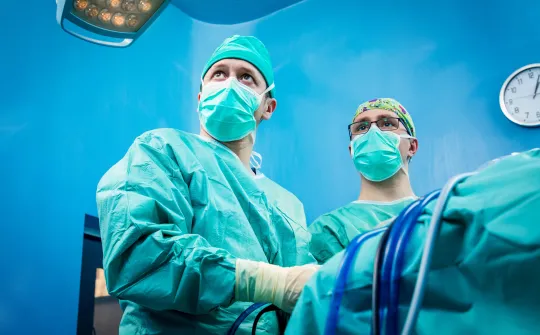
Shoulder Surgery
Minimally Invasive Shoulder Surgery
Are you struggling from shoulder pain that is limiting your daily activities? Even an injury that appears minor can cause severe pain and limit your range of motion.
Dr. Edward Seade offers minimally invasive shoulder surgery in Austin, TX, to relieve pain and restore movement.

How Does the Shoulder Joint Function?
The shoulder joint is the most flexible joint in the body. Classified as a ball-and-socket joint, shoulder stability relies mainly on soft-tissue restraints, which are made up of the rotator cuff, the glenoid labrum, and the capsule. Fluid-filled sacs called bursa surround the shoulder joint, providing cushioning that keeps the tendons from coming into direct contact with the bone. The rotator cuff, glenoid labrum, and capsule are equally important, so it is essential for every component of the shoulder to operate smoothly to ensure full range of motion.
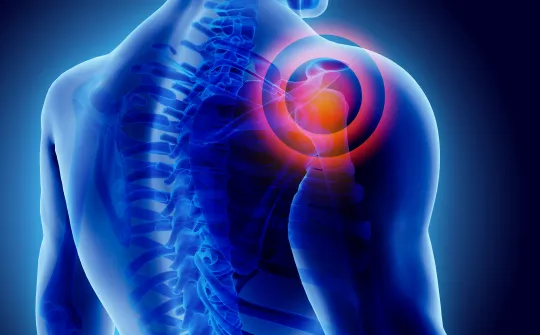
Nonsurgical Shoulder Pain Treatments
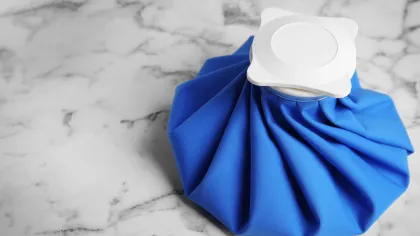
R.I.C.E

Over-the-Counter Medications
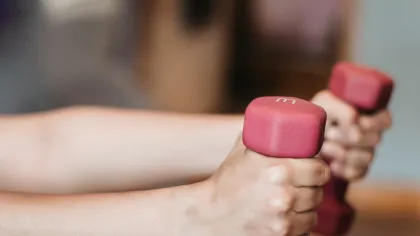
Physical Therapy
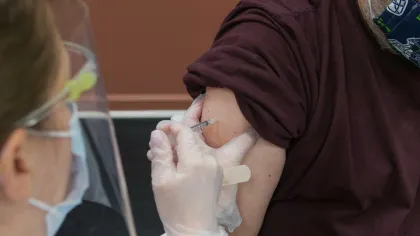
Steroid Injections
Shoulder Surgery
Arthroscopy
Bankart Procedure
A Bankart procedure restores shoulder stability by tightening ligaments and repairing torn capsular detachments, which are frequent injuries in sports medicine. Patients may return to contact sports after this surgery because the muscles and tendons can be successfully repositioned with minimal risk.
Rotator Cuff Repair
Shoulder Replacement
A Closer Look at Arthroscopic Surgery
Arthroscopic surgery is a frequently performed technique in sports medicine and can be performed on any joint, but is most commonly done on the shoulder, knee, hip, ankle, elbow, and wrist. It is a minimally invasive way to repair a joint or tendon. Two incisions are made that are much smaller than those used in traditional joint surgeries. The arthroscope is inserted through one of the small incisions so the surgeon can view the affected area on a monitor. The surgical tools are inserted through the second incision.
